Over the holidays I sat down with a Bonanza steak house owner (actually, he owns two Bonanzas!) and was fascinated with the attention he pays to the details of energy conservation at his restaurants.
“John” prefaced his commentary on actions he has taken to address the rising costs of energy with the statement that his business is one of “pennies”. John asserted emphatically, “If you focus on the pennies, the dollars will take care of themselves.”
When the store manager arrives in the morning, only certain lights are turned on – and the dining room remains dark, until five minutes before the restaurant opens for business. Appliances and motors are sequenced for start-up, so as to level the spikes in energy draw, thereby moderating the “peak demand” penalties imposed by the local utility. After the surge of business at the prime dining hours, the number of operating fry-o-lators is reduced, commensurate with the needs.
Ceiling fans are used in the summer to move air, allowing air conditioning units to be thermostatically set two degrees higher for energy savings. In the cold months the same fans are used to down-draft the warm air, again earning energy savings. John also tracks oil and gas consumption – without this measure, he cannot optimize his energy savings potential.
Store managers are held accountable for utility consumption targets – these are not just the concern of the “corporate office”. And, John periodically conducts on-site inspections to ensure adherence to conservation measures. Compact fluorescent lights are installed in all fixtures and each is marked with the installation date so as to track the life of the units.
Reflecting on John’s business, I recognized parallels to our YMCA operations. Our “business” has daily rhythms, where member usage is high, and periods of the day when it is reasonable to shut off the lights in the gymnasium, or in the racquetball courts. Through energy audits many of our YMCAs have instituted energy conservation measures – more energy efficient water heaters, building heating units, HVAC units, etc. – installed co-generation units – and instilled the discipline of simply turning off the lights when a space is vacant (or installed motion-activated lighting).
YMCA of the USA Property Development Specialist Al Tursi has developed an Energy Management Program Manual to guide local YMCAs in the realm of energy conservation.
Truly, it makes dollars and sense (cents) to watch the pennies!
Sunday, December 28, 2008
Subscribe to:
Post Comments (Atom)







.jpg)




















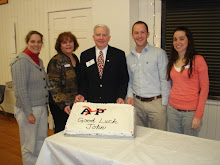
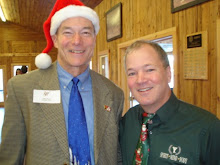






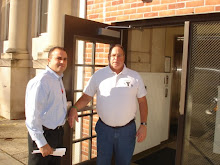






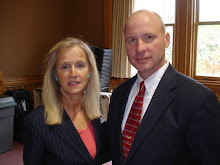
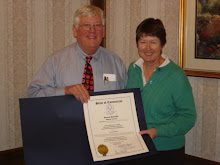



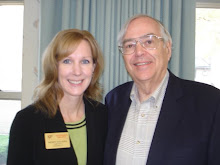





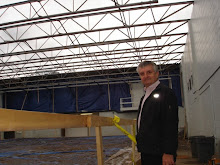
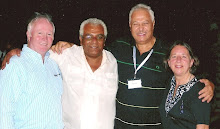

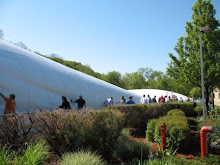
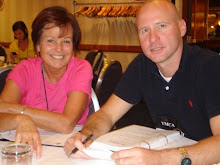
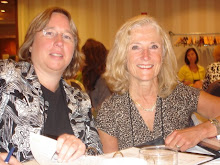




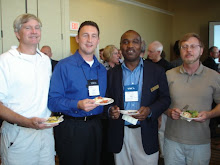
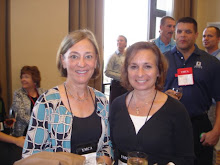
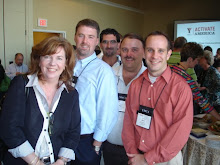
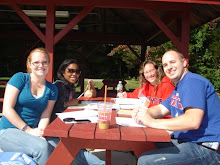


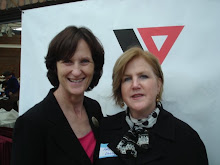




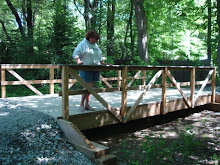
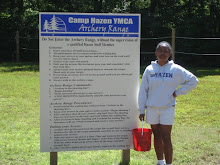

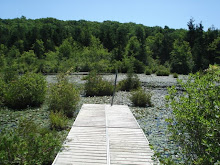















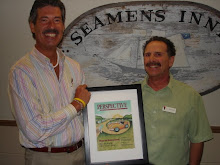
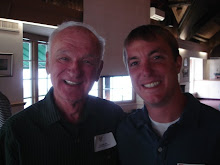
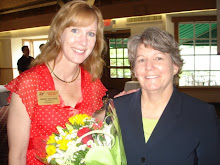






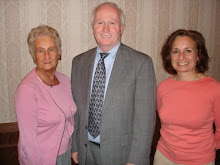




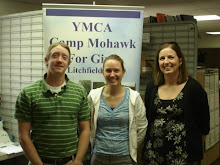













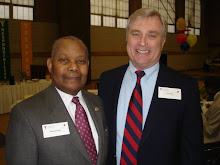
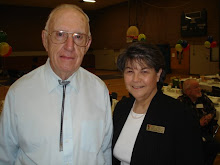
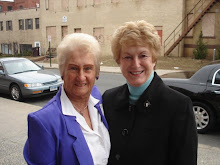






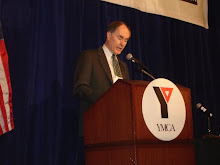
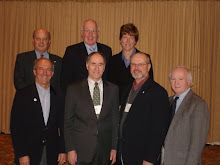


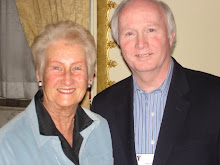
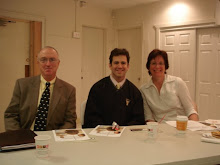
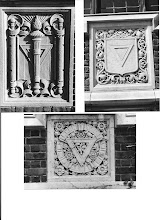
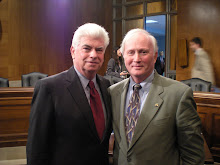

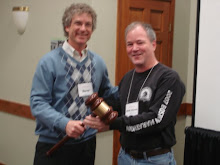






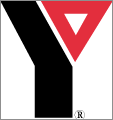




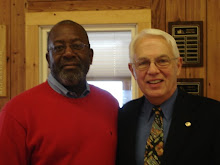

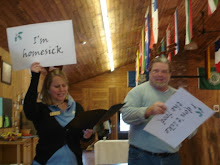







No comments:
Post a Comment